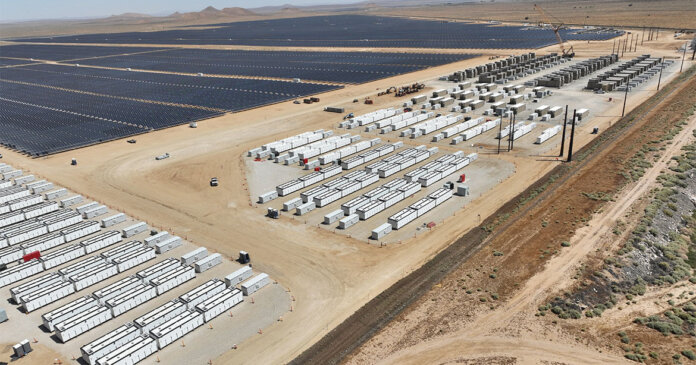IHS Markit: Oil and Gas Operations Turn to Renewables
Oil and gas companies are starting to utilize zero-carbon sources to reduce carbon emissions associated with operations, according to a new database and analysis by IHS Markit of these types of renewable energy projects.
“There is a striking pace of growth over the past few years and a dynamic commercial environment for delivering renewable energy to oil and gas operations,” says Judson Jacobs, executive director of upstream energy at IHS Markit.
“Energy efficiency efforts and reductions in flaring can only do so much to lower greenhouse gas emissions, so some companies are turning to zero-carbon sources to power their upstream, midstream and downstream operations,” he adds.
While the numbers are small, they have been growing rapidly over just the past couple years. There had been fewer than 15 of these renewable energy projects from the early 2000s (when the industry first deployed such technologies) through 2017. IHS Markit now tallies more than 45 announced projects in its oil and gas field-based renewable energy database, with 13 announcements made in 2018 and 15 made in 2019.
Deployments are occurring in both new developments and existing assets, with solar the most prominent renewable technology, followed by hydropower and wind. These deployments are part of companies’ broader greenhouse gas emissions management strategies that IHS Markit tracks and analyzes.
Field-based renewable installations are demonstrating reliability. And electrification – drawing renewable-generated power direct from the grid – removes most energy generation equipment entirely, enabling fewer on-site personnel needed to operate it and smaller facility footprints. Additional benefits include reduced maintenance expenses and the elimination of fuel deliveries to site.
While IHS Markit expects the number of field-based renewable energy projects will continue to accelerate in the coming years, several challenges must be overcome before widespread adoption. Cost relative to traditional energy generation sources, the development of supply chains in remote regions and energy storage for intermittent renewable sources are all significant factors currently constraining growth.
Likewise, the types of oil and gas companies utilizing field-based renewables is widening. International oil companies (IOCs) have been leading in this area. But use has expanded to national oil companies (NOCs), independent exploration and production firms and even oil field services firms in recent years.
Original Source: https://solarindustrymag.com/ihs-markit-oil-and-gas-operations-turn-to-renewables



















